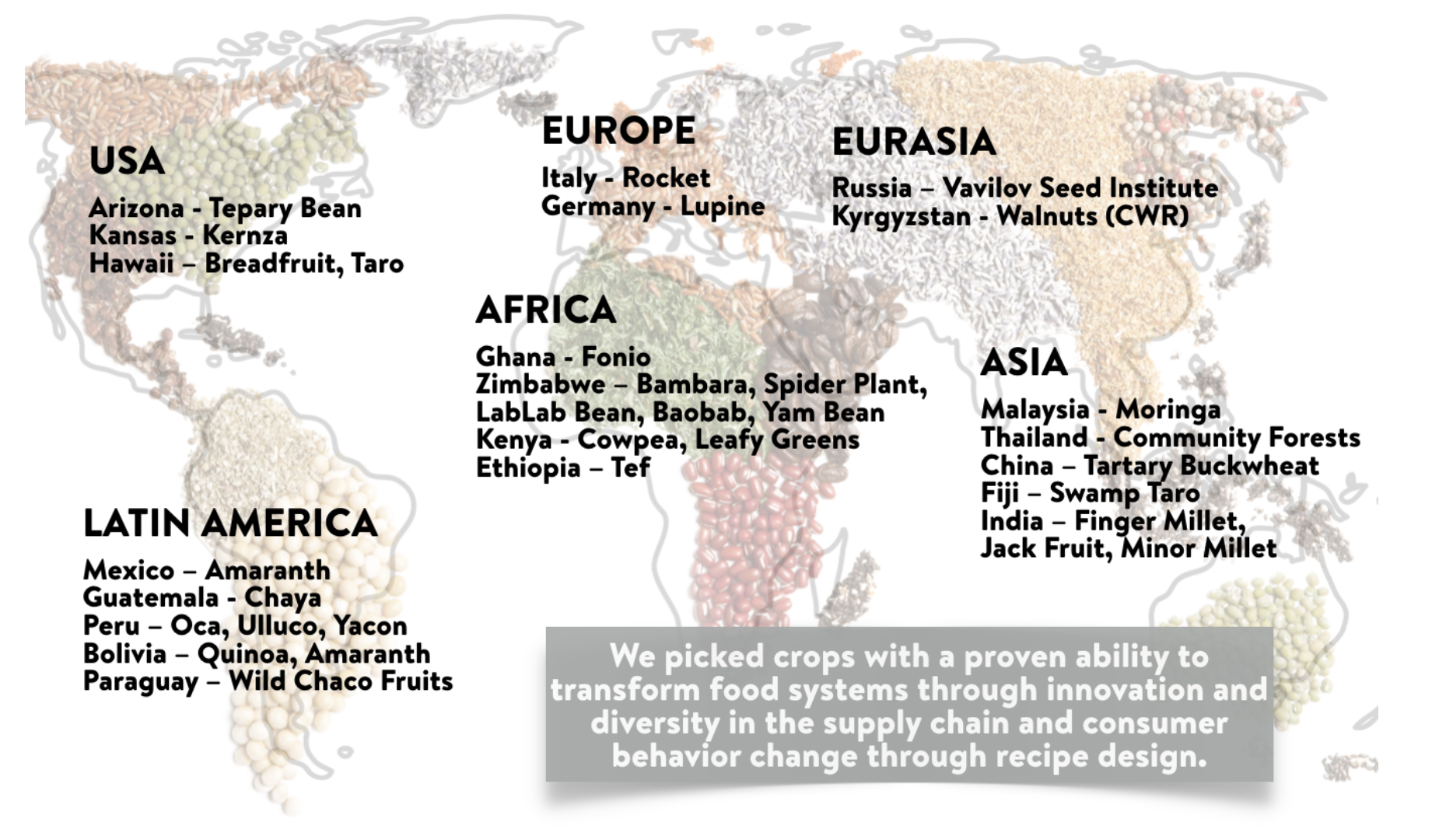Food Bytes is a weekly blog post of “nibbles” of information on all things food and nutrition science, policy and culture.
Sorry to burst some bubbles out there, but it seems soda and junk food taxes may work. Mexico took the lead a few years back and introduced a tax of 1 peso per liter on all beverages that contain added sugar. Turns out, soda purchases are down, particularly in those consumers that consume more soda. They are also substituting for healthier products like water and diet soda. Time for a worldwide scale-up it seems. Viva Mexico! Literally.
But that doesn’t stop soda companies from trying to find new consumers, in new ways and in new places. Where markets wane, there is always another market. A BMJ study shows that Coca Cola has had their eye on China. They have infiltrated this massive market by “cultivating political relationships and strategic localization of products and marketing. Through a complex web of institutional, financial, and personal links, Coke has been able to influence China’s health policies.” China is now Coke’s third largest market by volume. One word. PERVERSE.
But not all is going wrong on the Asia front. Singapore continues to innovate. When we think of Singapore, we think great food, great shopping and now, great urban farms. Comcrop is a 600-square-metre farm on the roof of one of the malls in Singapore that is growing leafy greens and herbs to sell in nearby bars, restaurants and stores. Is the farm going to feed all of Singapore? No but what a great way to use the urbanscape. Hint hint New York.
Across Europe and in Belgium in particular, there is a controversial ban on the way animals are being slaughtered in accordance with the traditional ways in Muslim halal and Jewish kosher doctrines. According to the Belgium government, the justification for the ban is to ensure certain regulations of animal welfare. The issue has been taken to the courts, but it does make tensions rise, particularly with this populist trend we see marching across Europe, making it difficult for certain populations to be observant to certain traditions.
Just a few other random food tidbits:
This is a cool snapshot of food guidelines around the world. The Qatar one is totally random. Why the scallop shell?
Duke University’s World Food Policy Center has a new food podcast with some leading experts pontificating on all things food. The Andrew Prentice podcast is a goodie.
And the Lexicon just put out a great site on 25 forgotten foods as part of their REDISCOVERED FOOD INITIATIVE. Check out the map below and peruse their website.



